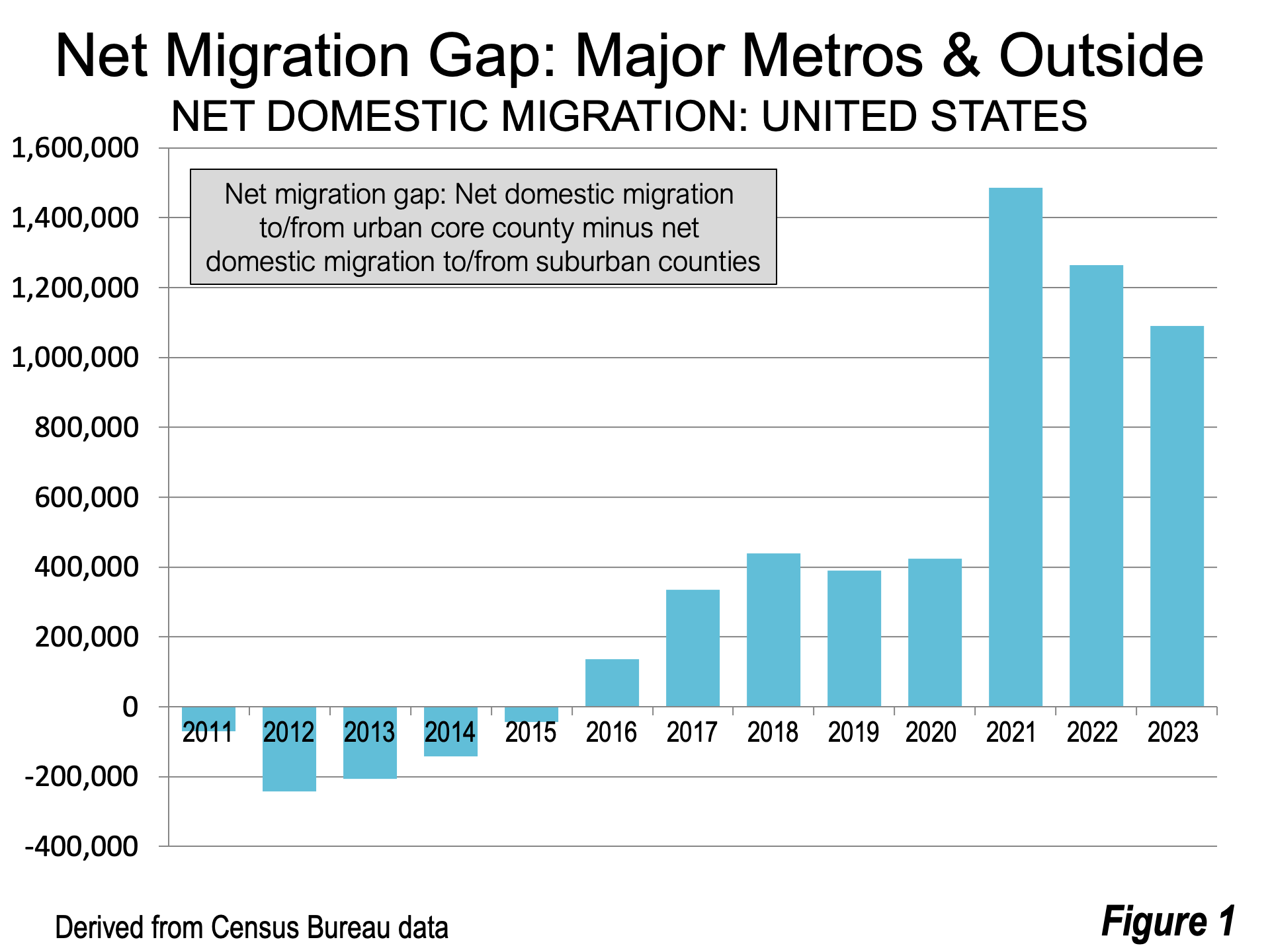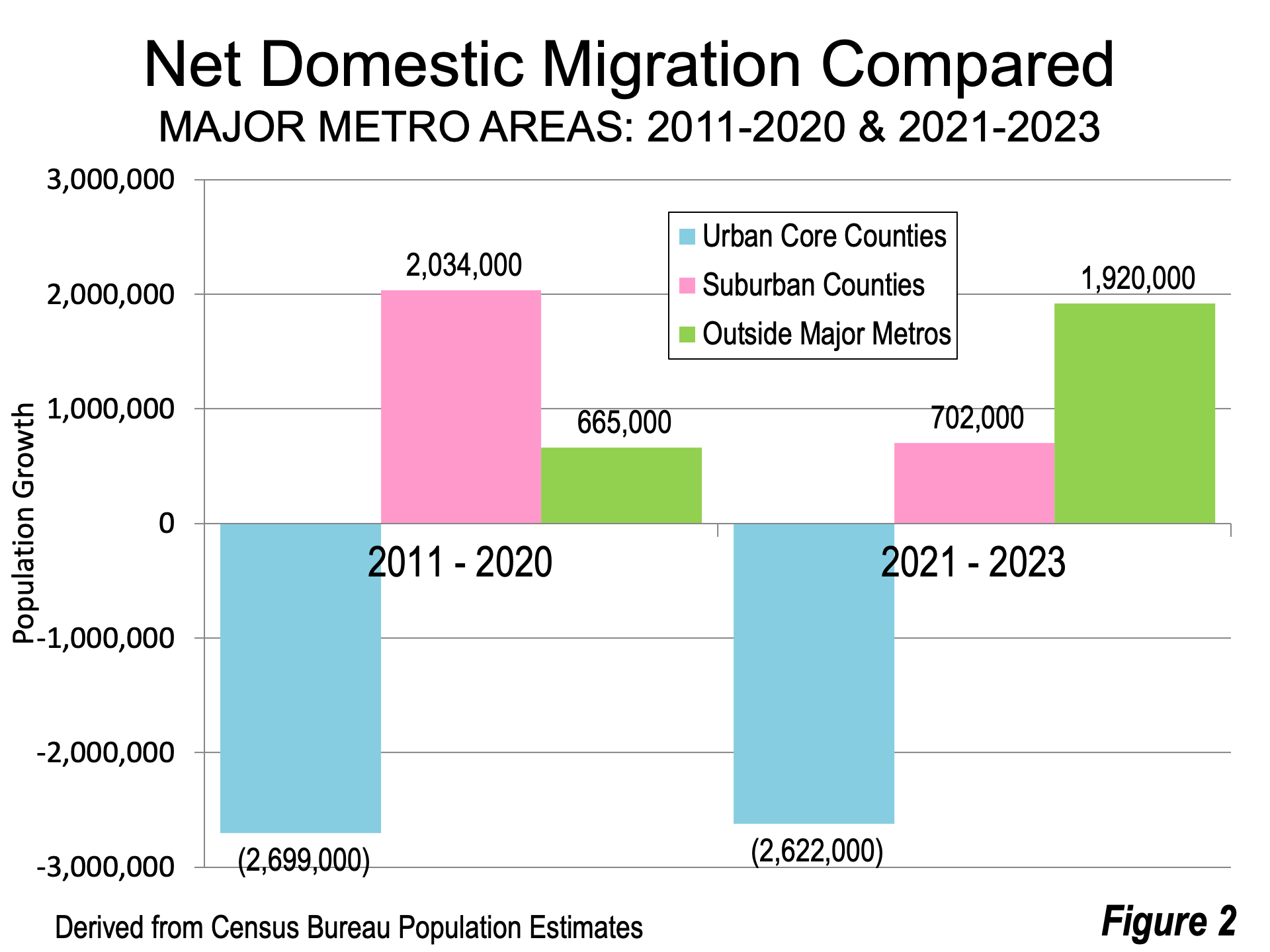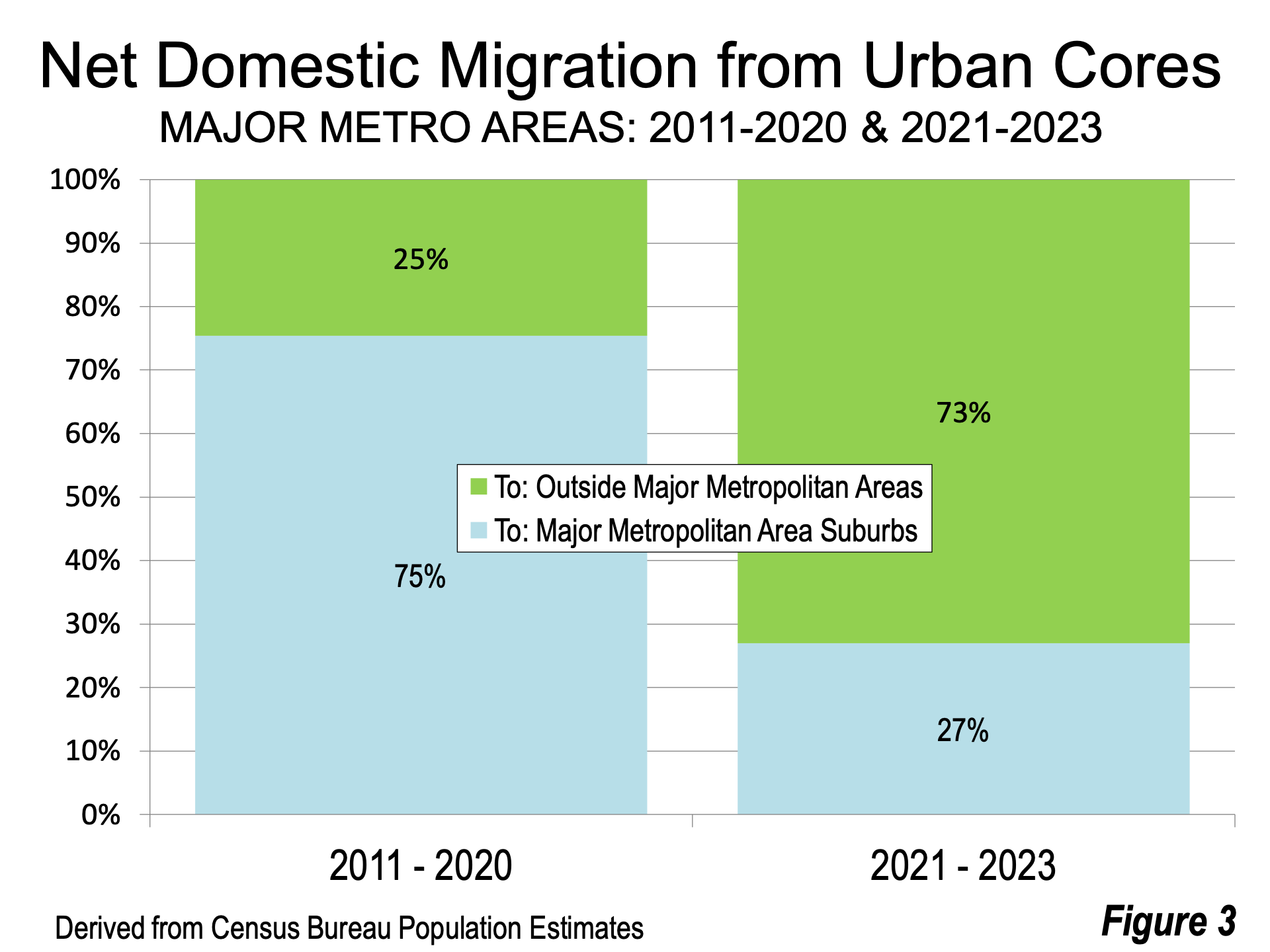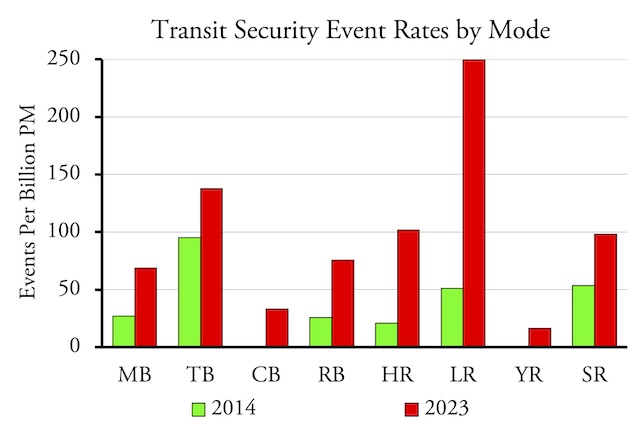(Note: Last week I was fortunate enough to have an opinion piece written by Ed Zotti and myself published in Crain's Chicago Business. It's on the continuing loss of Chicago's Black middle class, at least as defined by its ability to attract Black college graduates. The article is behind a paywall, but as a co-author I took the liberty of posting it here. It's a theme I've written extensively about, and Chicago's not the only city or metro to experience this. However, I think Chicago's (and other Rust Belt cities) particular brand of segregation is an under-recognized feature that holds them back. Please take a look. -Pete)
Opinion: Chicago needs to attract more Black talent. Right now, we're not even trying.
Crain's Chicago Business, March 21, 2024
The past few years have seen much handwringing about the supposedly dire state of Black America, with one local business leader warning that "without significant intervention, Black people will become a permanent underclass."
We beg to differ. We're well aware of the challenges Black Americans face. But the alarmist talk ignores the substantial progress that has been made and perpetuates the myth that Black people are doomed victims incapable of helping themselves.
That's nonsense. Our analysis of the latest Census Bureau data for the 10 U.S. metropolitan areas with the largest Black populations clearly shows that, in many regions, Black Americans have built strong middle-class communities that collectively are home to millions of people.
Granted, we found wide variation. Pessimism in the Midwest surely stems from the fact that Chicago and Detroit — where one of us, Pete Saunders, grew up — are at the bottom of the list on important metrics such as Black income growth, education, geographical mobility and integration. That's because huge numbers of middle-class Black Chicagoans have bailed for other parts of the country and we're not attracting enough ambitious newcomers to replace them.
Why not? Other cities have become magnets for the Black middle class and are booming as a result. Chicago has had no difficulty attracting people of other ethnicities. Setting aside fluctuations due to the pandemic, if the number of Black residents was increasing at the same rate as the rest of the city, the overall population would be growing rather than flat, and the Black community would get a much-needed boost.
That's not happening now, but we don't see that as cause for despair. On the contrary, the fact that other cities are far ahead of us shows the problems of Black Chicago can be solved — but only if we understand why we're so far behind and decide to do something about it.
Some important findings from our research:
More Black people have left the Chicago region than any other U.S. metro except New York. For decades, Black people have been moving back to the South from elsewhere in the U.S., a phenomenon demographers have termed the New Great Migration. Many of these people have come from Chicago. Our calculations suggest the area experienced net out-migration of 857,000 Black people between 1980 and 2022, more than any other metropolitan area except New York, which lost just over a million, and New York is a much larger place.
The majority of those departing were, or went on to become, middle class. We calculate that, had no Black migration occurred, the number of Black people living in middle-income communities in metro Chicago would have grown to 1.2 million by now. Instead, the number has fallen to 746,000. Chicago is one of only two of the top 10 metros to have experienced a decline in middle-income Black residents since 1980. The other is Los Angeles.
Read the rest of this piece at Corner Side Yard Blog.
Pete Saunders is a writer and researcher whose work focuses on urbanism and public policy. Pete has been the editor/publisher of the Corner Side Yard, an urbanist blog, since 2012. Pete is also an urban affairs contributor to Forbes Magazine's online platform. Pete's writings have been published widely in traditional and internet media outlets, including the feature article in the December 2018 issue of Planning Magazine. Pete has more than twenty years' experience in planning, economic development, and community development, with stops in the public, private and non-profit sectors. He lives in Chicago.
Photo: Justin Brown, via Flickr under CC 2.0 License













